I’ve been rowing a Whitehall-type pulling boat for about 30 years now, and I nearly always row without an overlap of the oar handles. The ends of the handles just about touch when set square to the centerline. This is mostly because that’s the way I learned to row a fixed-seat rowboat 60 years ago. Other folks I know have been rowing for just as long with overlapping handles. But in a rowing “hard chance”—working against strong wind and current—I can use the better leverage on the oars provided by overlapping handles. Shifting the oars inboard also shortens the outboard end of the oar and quickens the stroke rate, helping to keep a steady forward momentum. The blades are also higher on the return stroke, better for clearing the chop. I could carry a second set of hard-chance oars, but then I’d have to make room for them and struggle with changing them out just when I need oar blades firmly planted in the water.I figured the best solution would be to find a way to quickly “change gears” at the oar collars rather than having to change the oars. Having recently switched from leather to the adjustable plastic sleeves from Seadog—which I find present considerably less friction in the oarlock, making feathering nearly effortless—I realized I could simply snap on a second sleeve, reversed end for end, over the first to provide a second button farther outboard, a task that just takes seconds. The off-the-shelf sleeve, left, is easily shortened then trimmed back to give it a snap-on, snap-off fit.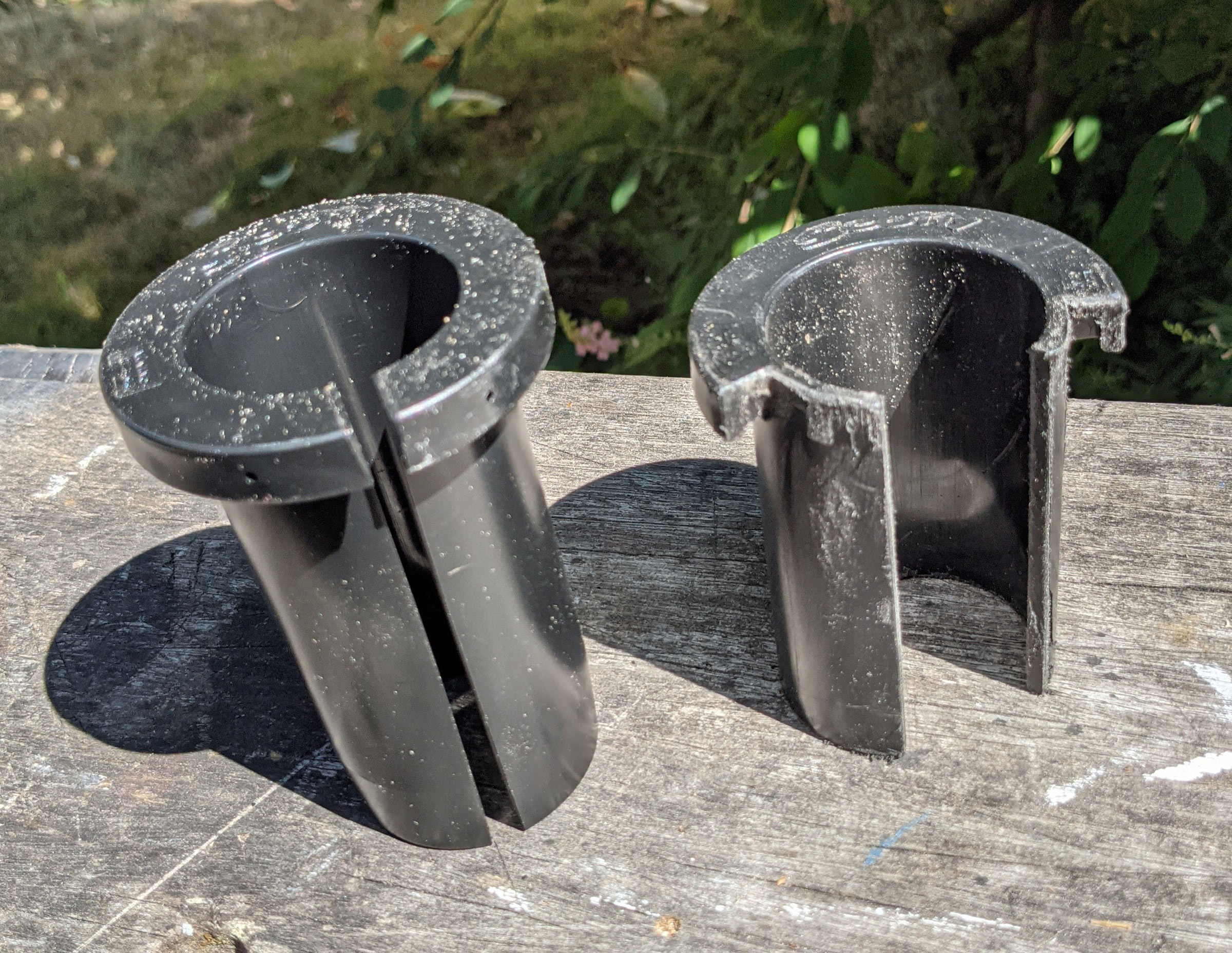 Photographs by the author
Photographs by the author
Join The Conversation
We welcome your comments about this article. To include a photo with your remarks, click Choose File below the Comment box.

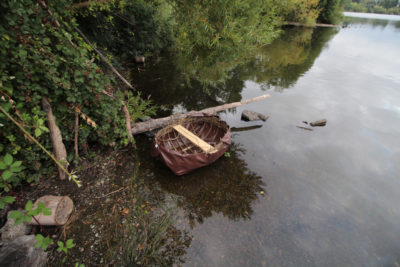
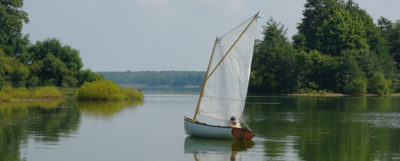
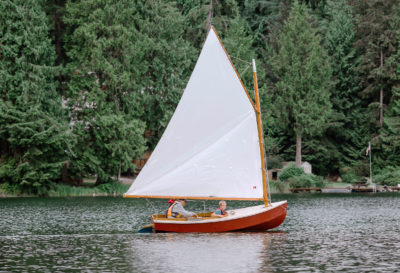

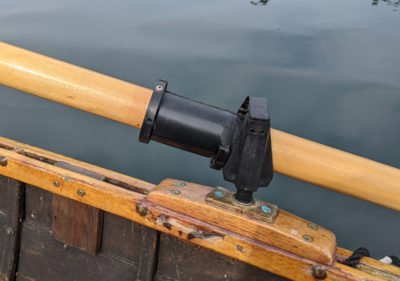
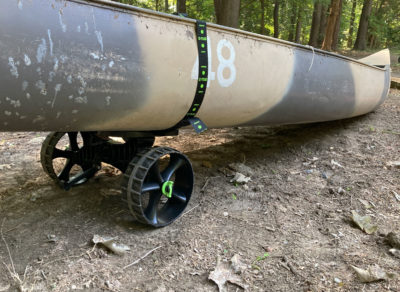
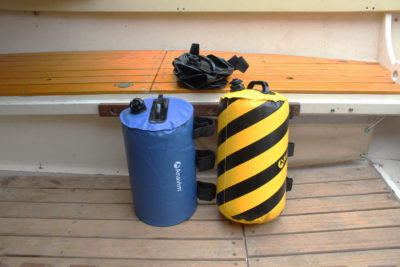

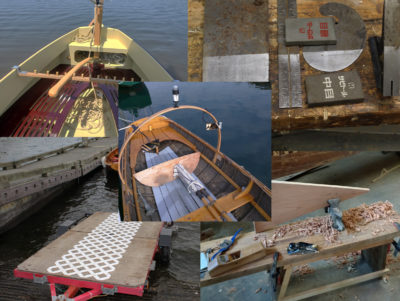
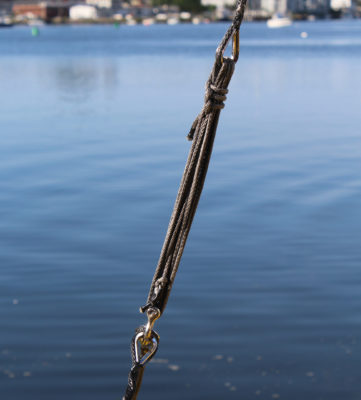
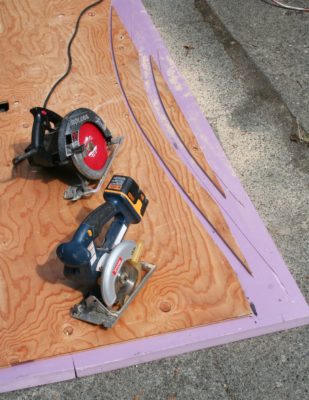
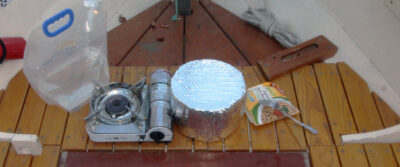
I’ve done this with Turk’s Heads out of seine twine. Not as robust as the commercial collars but the can be added to any leathered oar.